Nobel Laureates with Indian Origins – Part I
- December 24, 2022

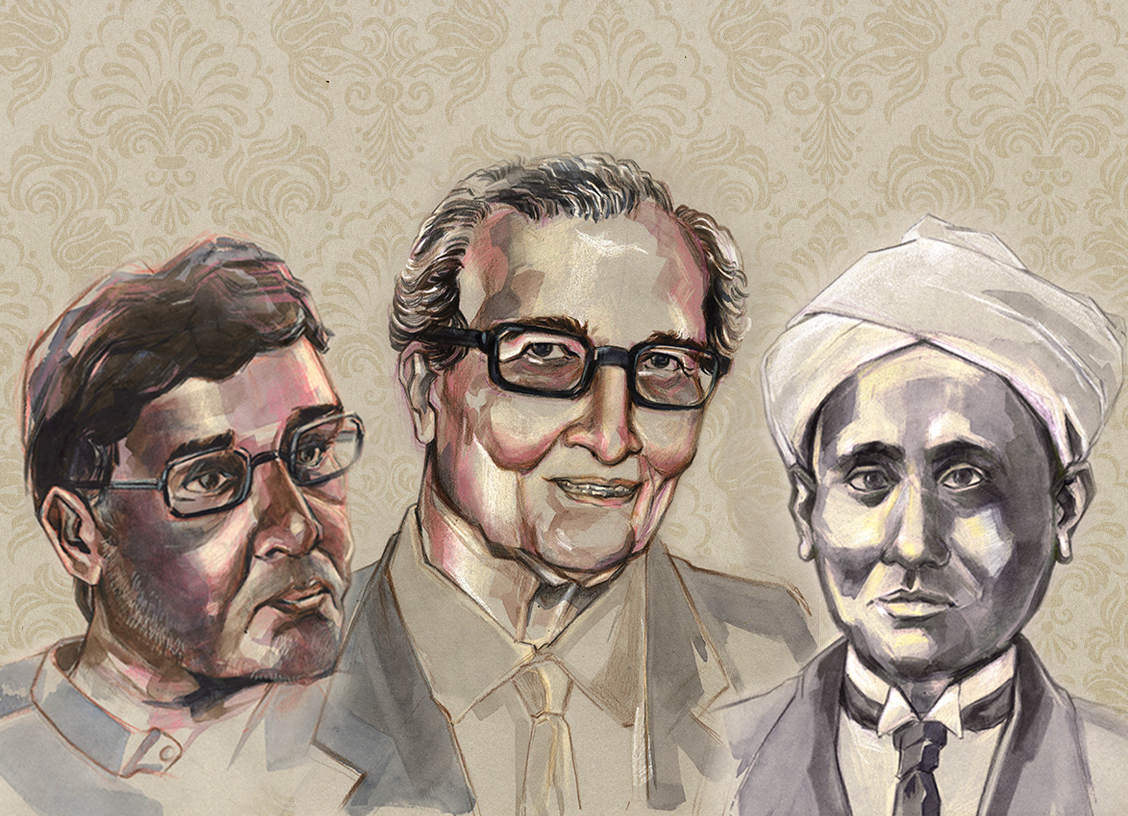
Nobel Laureates with Indian Origins – Part I
- December 24, 2022
By Srinidhi Murthy
Alfred Bernhard Nobel, though renowned for his invention of dynamite, was a man of many hats. He was an inventor with a special inclination towards chemicals and machines. He was also an entrepreneur and philanthropist. With a desire to appreciate and acknowledge those who dedicate their lives to the greatest benefit of mankind, he left a large fortune for the establishment of the ‘Nobel Prizes’, in his last will of 1895. The Nobel Prizes are five separate prizes awarded in the fields of Literature, Peace, Physics, Chemistry, and Medicine or Physiology. His legacy lives on to date. Since its inception, only a few Indians have won these prestigious prizes for their immense contribution to society. Let’s look at some of them and learn a little about their contributions.
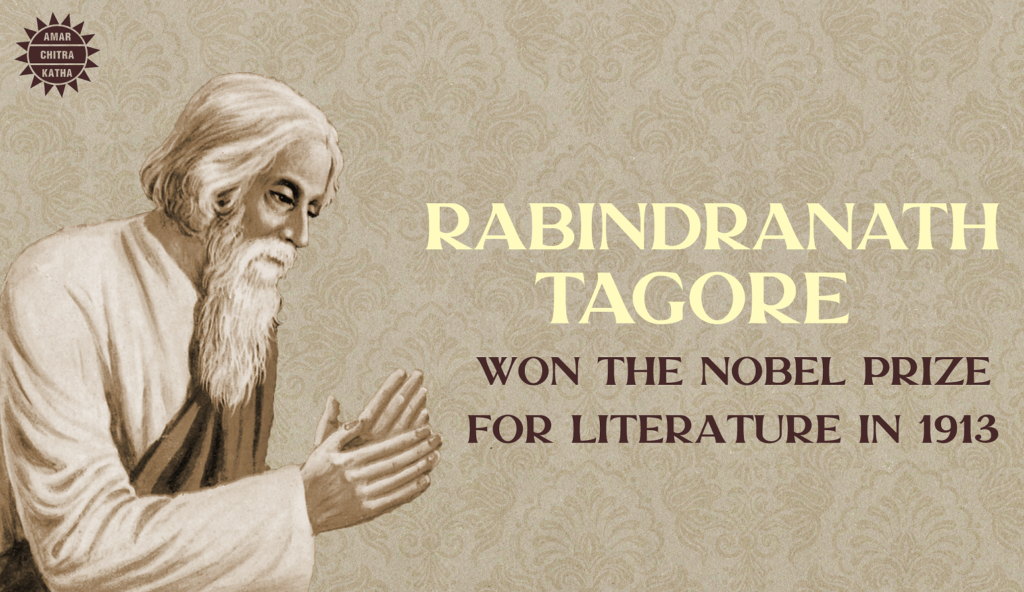
Born on 7 May, 1861, in Calcutta, Rabindranath Tagore was a polymath, who excelled as a poet, playwright, composer, painter and philosopher. Tagore began to write verses from an early age. In 1878, he enrolled in a public school in Brighton, England, as his father Debendranath Tagore wanted him to be a barrister. But, Tagore soon returned to India in 1880 and started publishing several books of poetry, novels and short stories. In 1901, he founded a school in Shantiniketan, where he aimed to blend the best of both Indian and Western traditions. Tagore published Gitanjali, a collection of poems in Bengali, in 1910. Later, he translated Gitanjali’s poems into English, during an illness that delayed his trip to England in 1912. He shared the translated poems with his admirers, including Irish poet William Butler Yeats and Ezra Pound, an American poet and critic, during his stay in London. Soon, London’s India Society published the translated poems of Gitanjali in a limited edition. The American magazine, Poetry, also published a selection from Gitanjali. In 1913, Tagore became the first non-European to win a Nobel Prize in Literature. He was also knighted by King George V in 1915, a title he renounced after the Jallianwala Bagh massacre in 1919.
To receive more such stories in your Inbox & WhatsApp, Please share your Email and Mobile number.
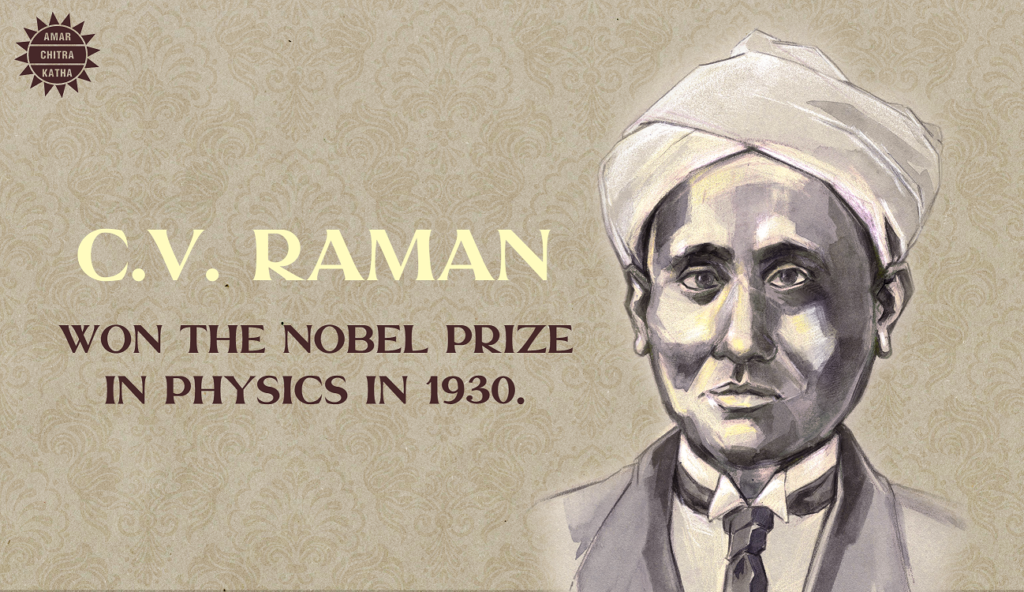
Born on 7 November, 1888, in Tiruchirapalli, Madras Presidency in British India (present-day Tiruchirapalli, Tamil Nadu), Sir Chandrasekhara Venkata Raman (C.V. Raman), was an Indian physicist, known for his work on the scattering of light and the discovery of ‘The Raman effect’ or ‘The Raman scattering’. He graduated at the age of 16, from the Presidency College at the University of Madras in 1904, with a gold medal in physics. He then obtained his M.A. degree, with the highest distinctions in 1907. Raman carried out his earliest research in the fields of optics and acoustics while he was still a student. In 1917, he joined the University of Calcutta as the first Palit Chair of Physics, a physics professorship named after Sir Taraknath Palit. In 1926, Raman founded the Indian Journal of Physics, a peer-reviewed scientific journal.. On February 28, 1928, he discovered the radiation effect which bears his name. The day is celebrated annually as National Science Day by the Government of India. His work on the Raman Effect was first published in the Indian Journal of Physics in 1928. Raman was awarded the Nobel Prize in Physics for this discovery in 1930 and was also knighted in the same year. Raman was the first Asian to receive the Nobel Prize in any branch of science. In 1954, he became one of the first recipients of the Bharat Ratna, the highest civilian award in India, along with Chakravarti Rajagopalachari and Dr. Sarvepalli Radhakrishnan.
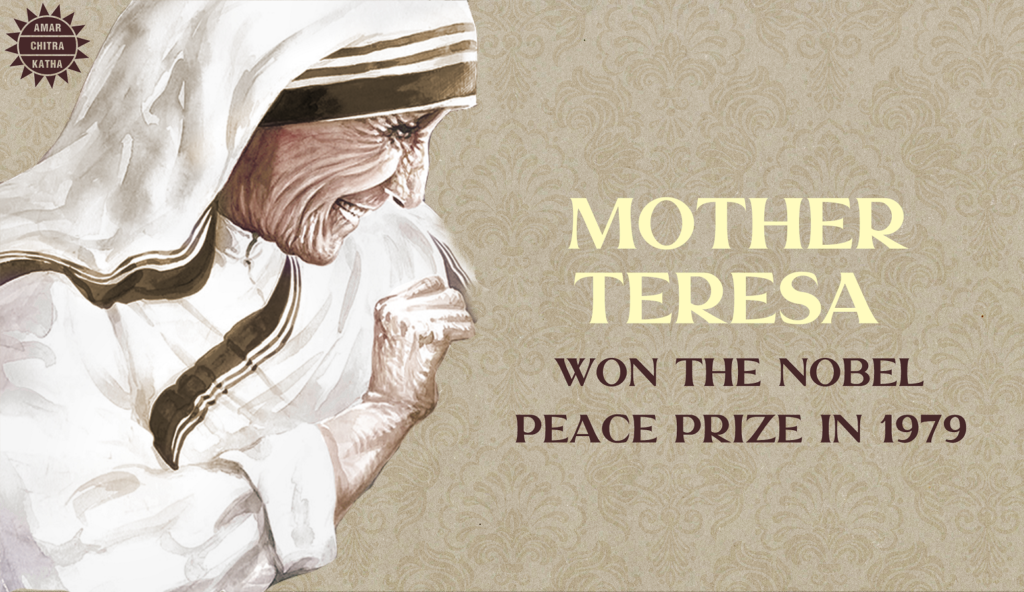
Born on August 26, 1910, as Agnes Gonxha Bojaxhiu, in Skopje, Macedonia, Mother Teresa left her home in Skopje at the age of eighteen and joined the Sisters of Loreto, a Roman Catholic religious congregation. After her training in Dublin, she was sent to India on 24 May 1931, where she took her vows as a nun. Teresa taught children at St. Mary’s High School in Calcutta from 1931 to 1948. However, the suffering and poverty she glimpsed outside the convent walls made her leave the school. She decided to devote herself to working for the welfare of underprivileged people in the slums of Calcutta. She adopted Indian citizenship and began her missionary work in 1948. In 1950, she founded Missionaries of Charity, whose primary aim was to love and care for those who needed help and support. By the 1990s, there were over one million co-workers who worked for the Missionaries of Charity, in more than 40 countries. Mother Teresa received numerous honours and awards during her lifetime, including the Ramon Magsaysay Peace Prize in 1962 and the Nobel Peace Prize in 1972, for her work towards humanity. She was also the recipient of Padma Shri, the fourth highest civilian award of the Republic of India in 1962, and Bharat Ratna, the highest Indian civilian award in 1980.

Amartya Sen, an Indian economist, was born on 3 November 1933, in Shantiniketan, Bengal Presidency, in British India (present-day Birbhum, West Bengal, India). He was given the name, ‘Amartya’, meaning immortal, by Rabindranath Tagore, who was a close associate of Sen’s maternal grandfather, Kshitimohan Sen. Sen began his formal education in Mandalay in Burma, where his father, Ashutosh Sen, was a visiting professor at Dhaka University. Later, he moved back to Shantiniketan to complete his school education. In 1951, he joined Presidency College, Calcutta, where he was diagnosed with oral cancer at the age of 18. Fortunately, he survived cancer with radiation treatment. He then moved to Trinity College, Cambridge, in 1953, where he earned his second B.A. in Economics, in 1955. While Sen was still a PhD student at Cambridge, he was offered the position of first Professor and first-Head of the Economics Department at the newly created Jadavpur University in Calcutta. Sen was only twenty-three old at that time. In 1987, he joined Harvard as the Thomas W. Lamont University Professor of Economics. Sen was awarded the Nobel Prize in Economic Sciences for his work in welfare economics and for his research in advancing the understanding of social-choice theory, poverty, and the measurement of welfare, in 1998. He was awarded Bharat Ratna in 1999, by the Government of India, for his contribution to the field of economics.
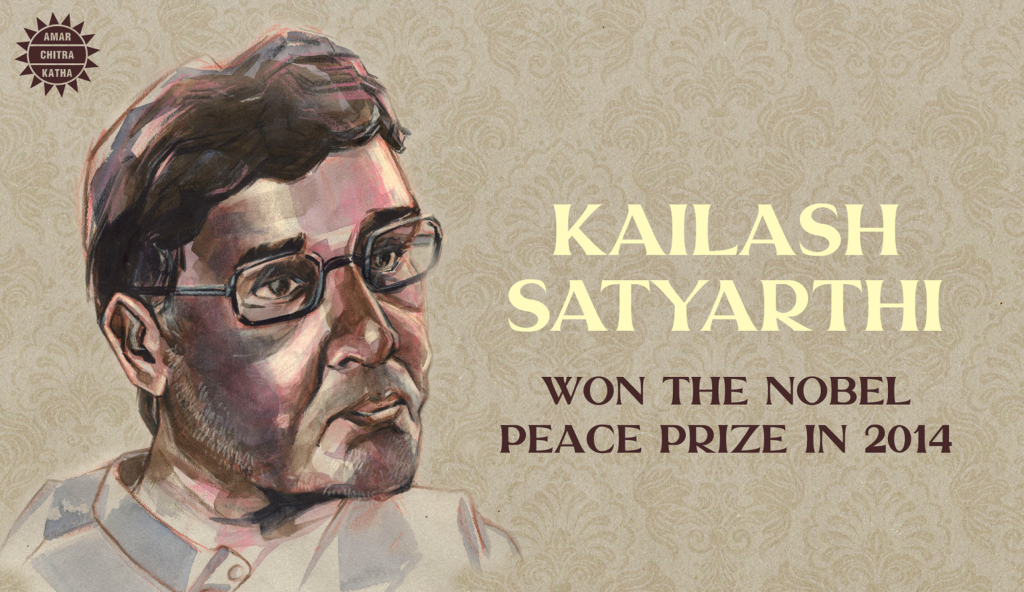
Born on 11 January 1954, in Vidisha, a small town in Madhya Pradesh, Kailash Satyarthi is an Indian social reformer. He campaigned against child labour in India and saved more than 86,000 children from child labour, trafficking, and slavery. Kailash completed his school education at the Government Boys Higher Secondary School in Vidisha. He earned his undergraduate degree in Electrical Engineering from Samrat Ashok Technological Institute in Vidisha and completed his post-graduation in High-voltage Engineering. In 1980, Kailash gave up his engineering career and changed his surname from Sharma to Satyarthi, which means ‘seeker of truth’. He founded multiple social activist organizations including Bachpan Bachao Andolan (Save Childhood Movement), Global March Against Child Labour, Bal Ashram Trust, and Kailash Satyarthi Children’s Foundation. In 1998, Satyarthi led an 80,000 km long global march, which included children and youth across 103 countries, against the worst forms of child labour. The march became one of the largest social movements of the time. The same year, the demands of this protest were also reflected in the draft of the United Nations’ International Labour Organisation (ILO) Convention 182 on the Worst Forms of Child Labour. In the following year, ILO adopted a convention protecting children against exploitation and hazardous work. In 2014, Satyarthi was the co-recipient of the Nobel Peace Prize, along with teenage Pakistani education advocate, Malala Yousafzai, for his efforts against child labour and exploitation.
To receive more such stories in your Inbox & WhatsApp, Please share your Email and Mobile number.
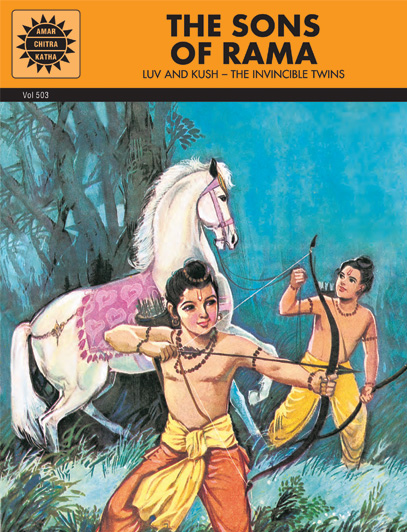
Comic of The Month
The Sons of Rama
The story of Rama and Sita was first set down by the sage Valmiki in his epic poem 'Ramayana.' Rama was the eldest son of Dasharatha, the king of Ayodhya, who had three wives - Kaushalya, Kaikeyi and Sumitra. Rama was the son of Kaushalya, Bharata of Kaikeyi and Laxmana and Shatrughna of Sumitra. The four princes grew up to be brave and valiant. Rama won the hand of Sita, the daughter of King Janaka. Dasharatha wanted to crown Rama as the king but Kaikeyi objected. Using boons granted to her by Dasharatha earlier, she had Rama banished to the forest. Sita and Laxmana decided to follow Rama. While in the forest, a Rakshasi, Shoorpanakha, accosted Laxmana but had her nose cut off by him. In revenge, her brother Ravana, king of Lanka, carried Sita away. Rama and Laxmana set out to look for her and with the help of an army of monkeys, defeated Ravana. On returning Ayodhya after fourteen years of exile, Rama banished Sita because of the suspicions of his subjects. In the ashrama of sage Valmiki, she gave birth to her twin sons, Luv and Kush.